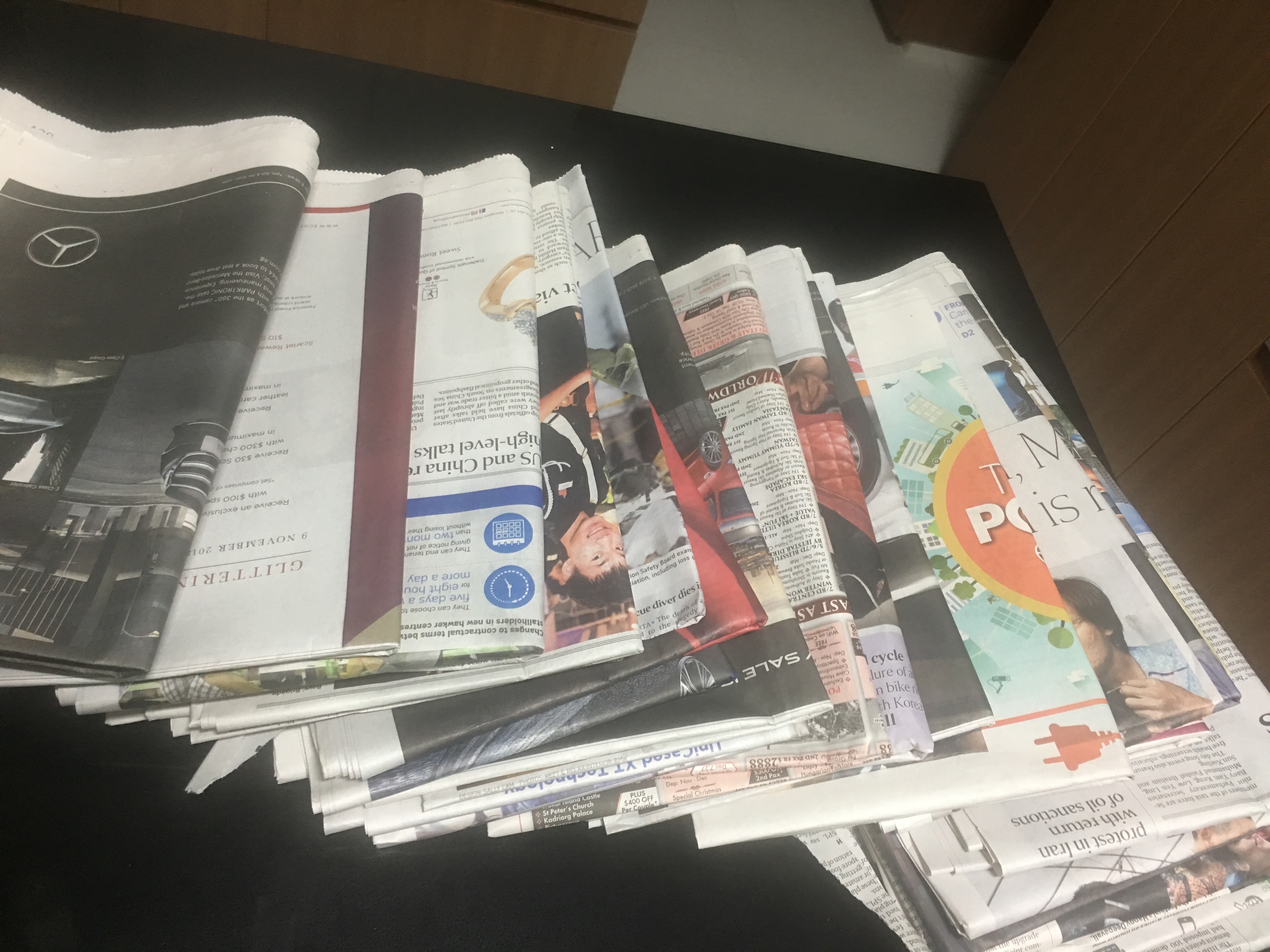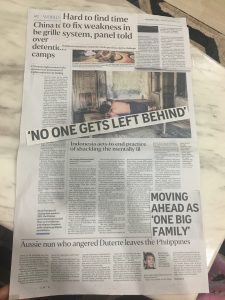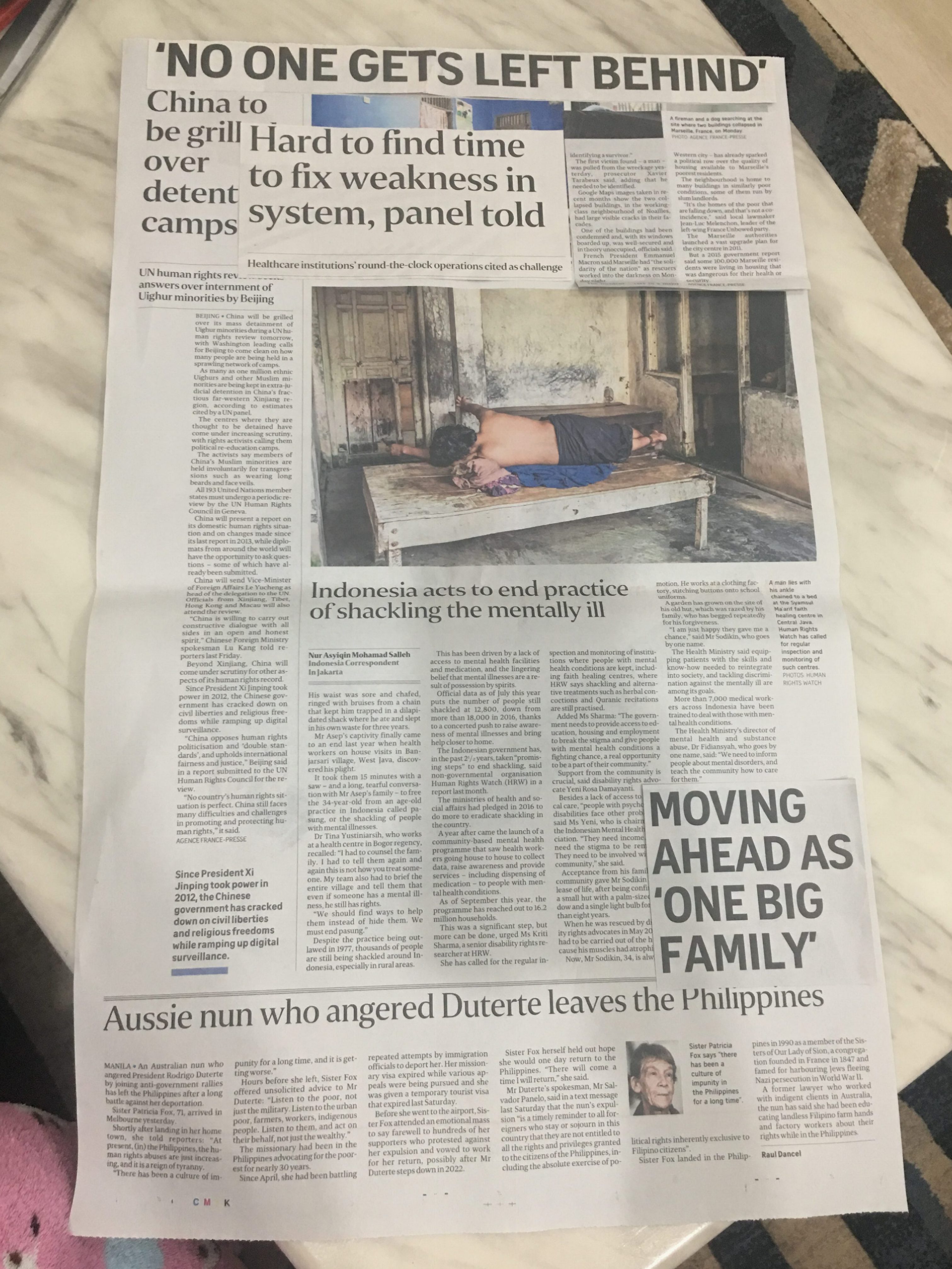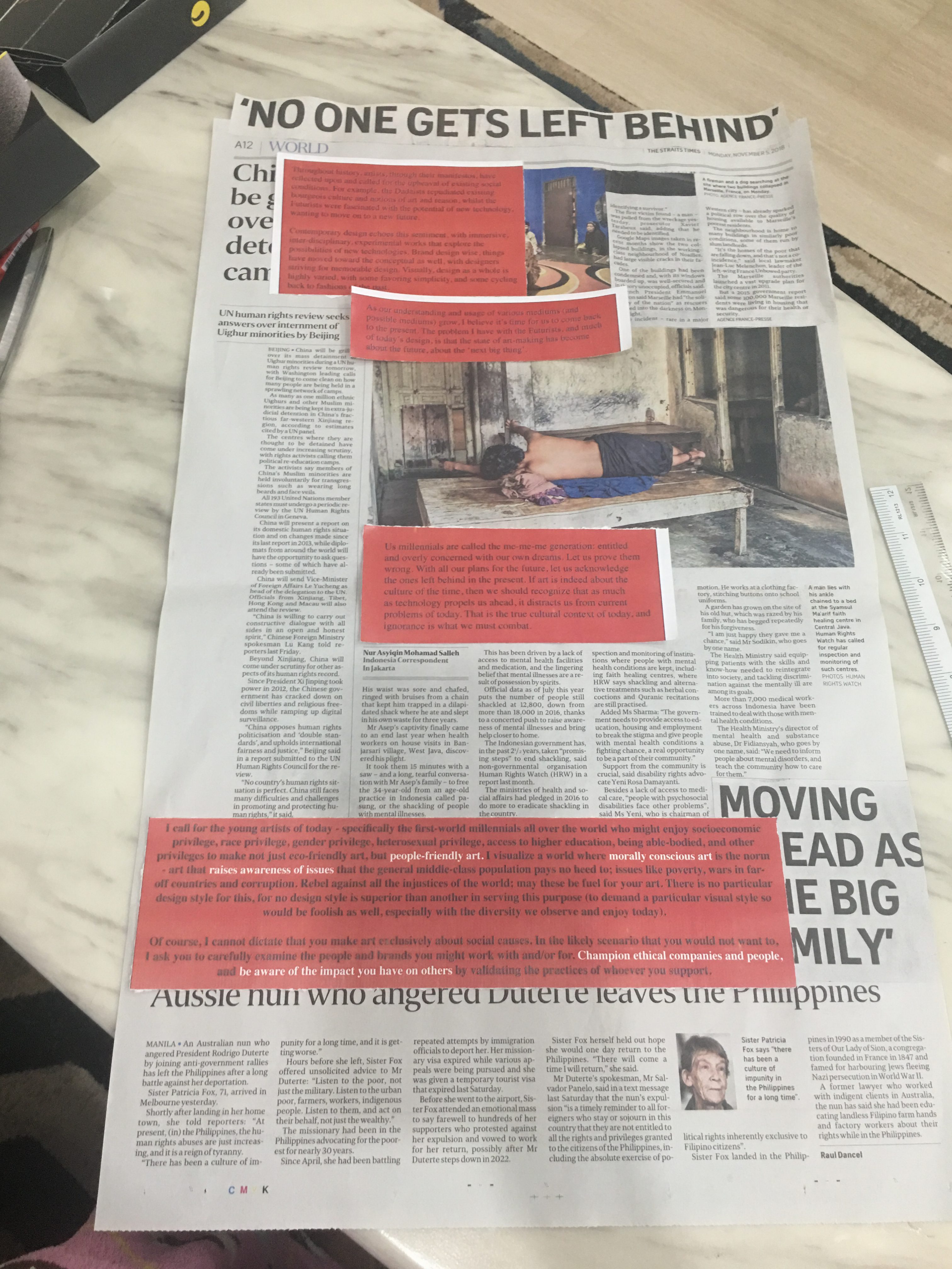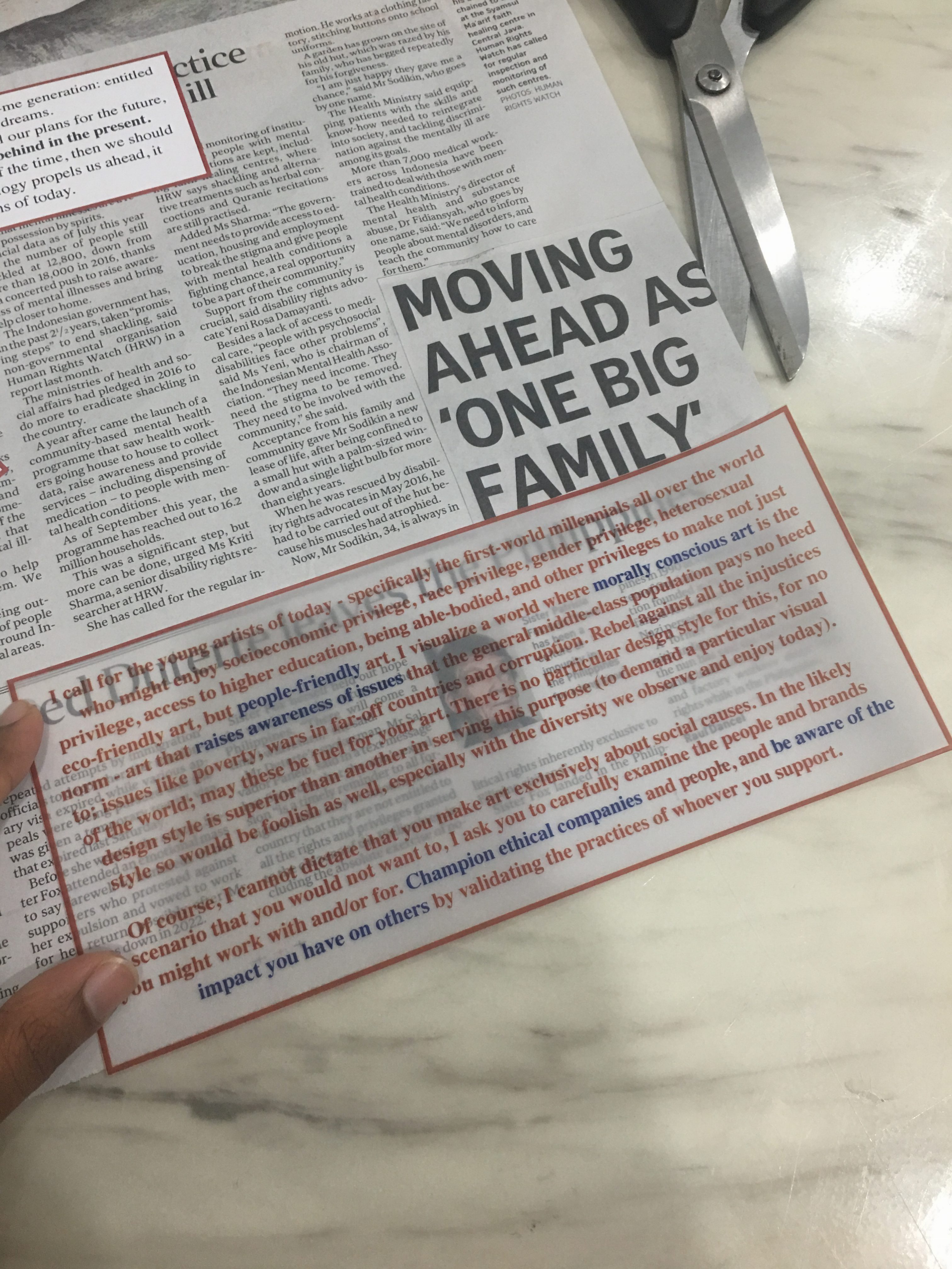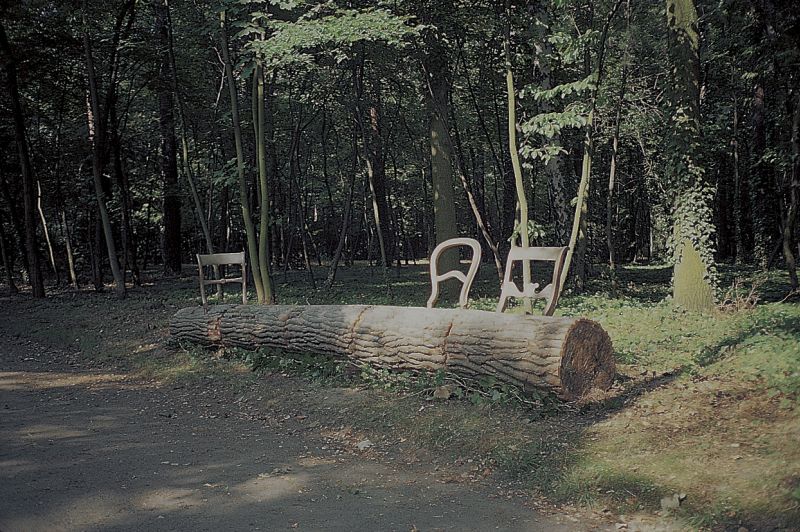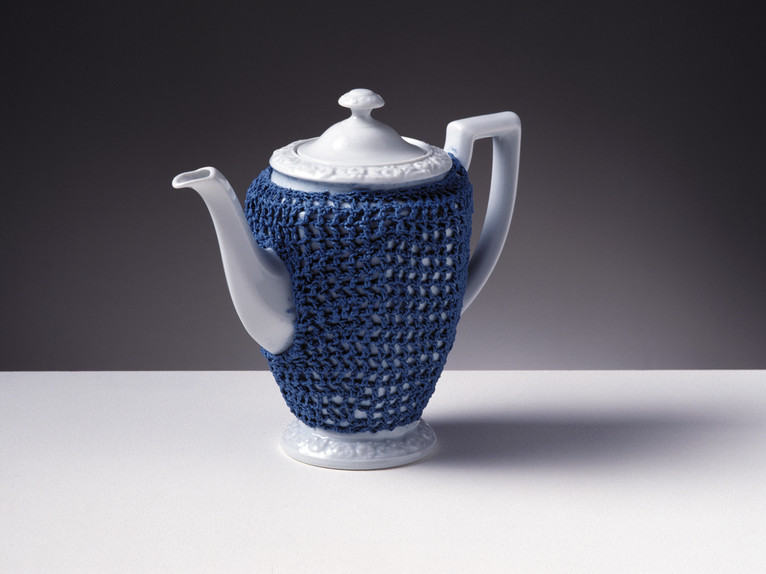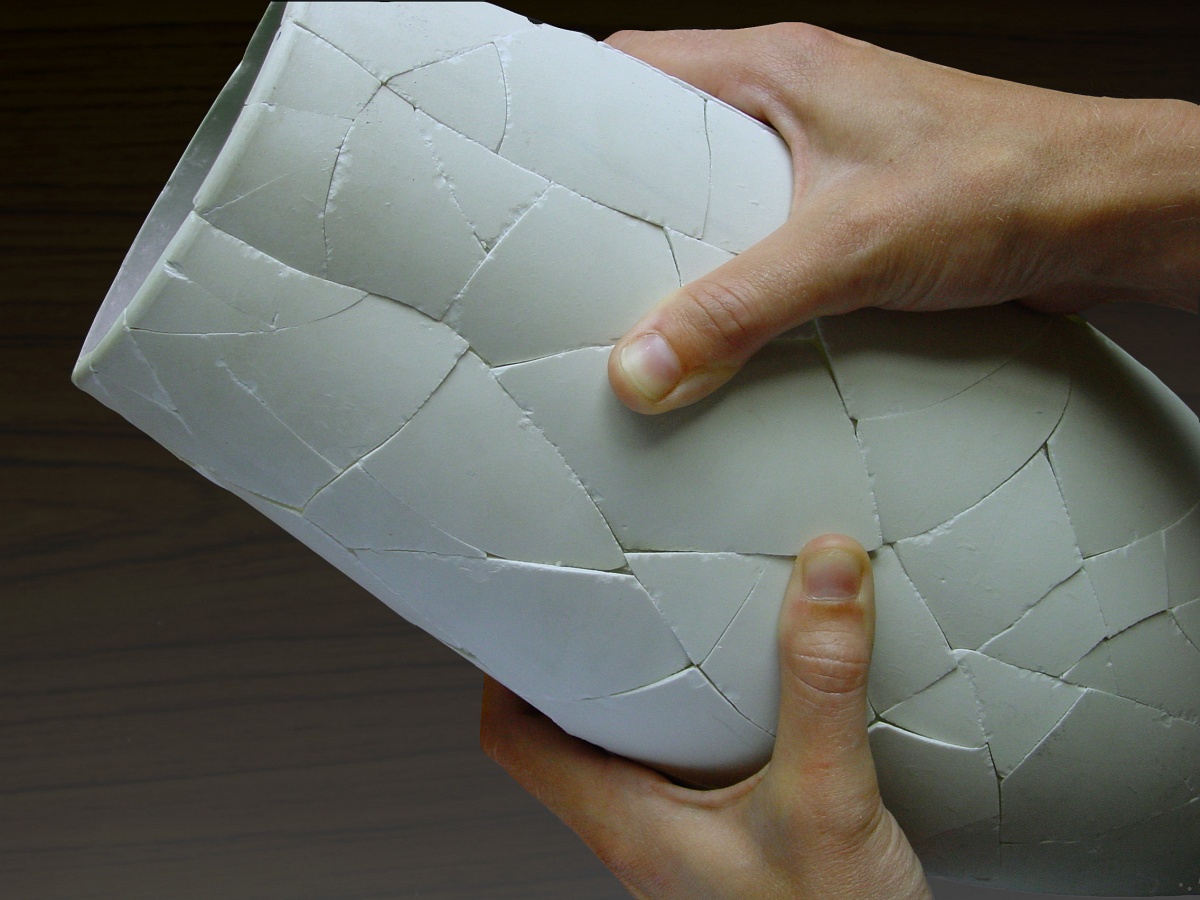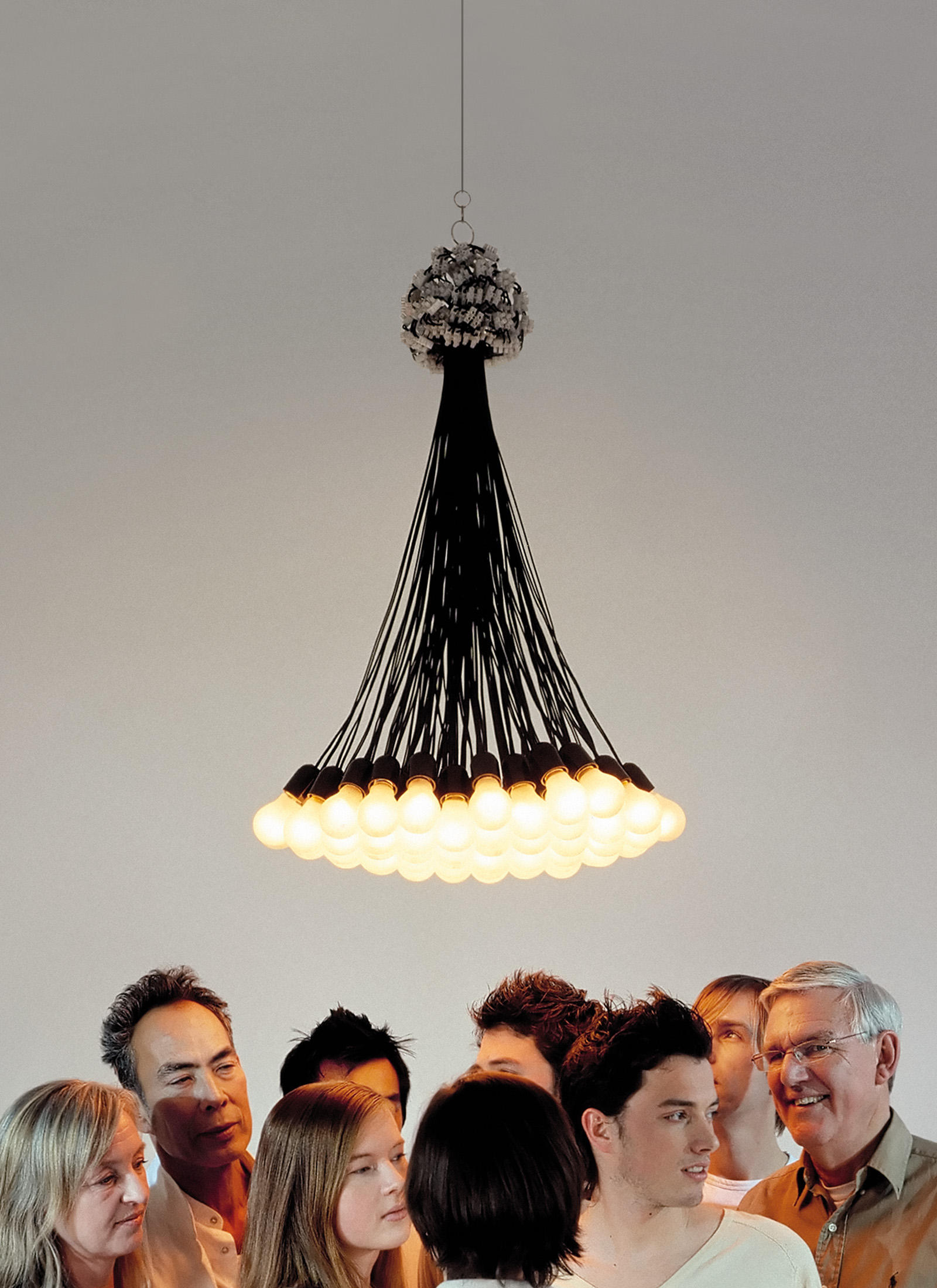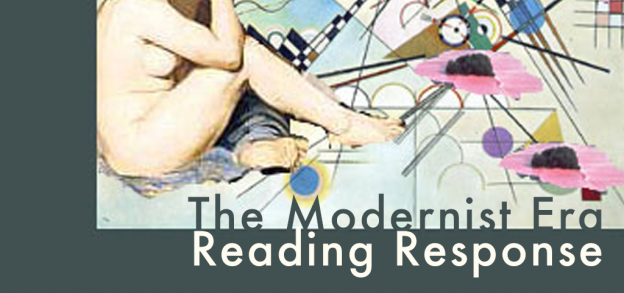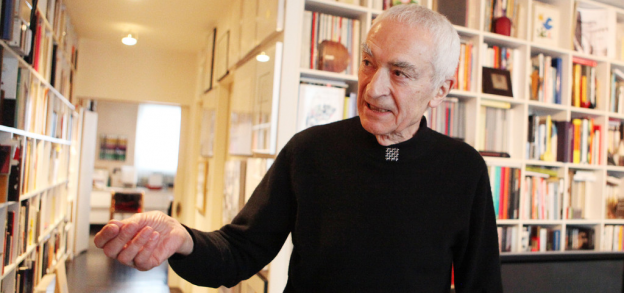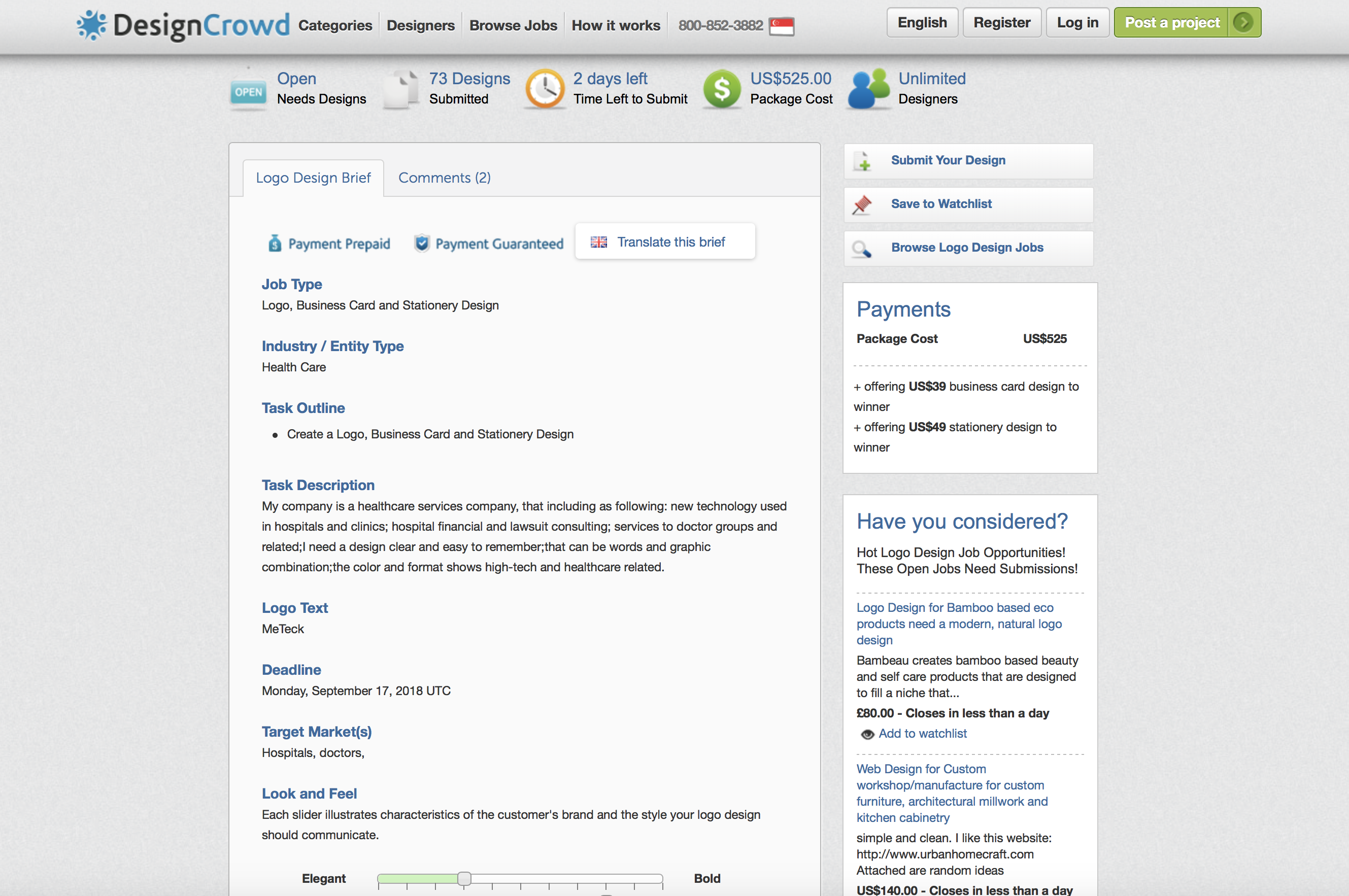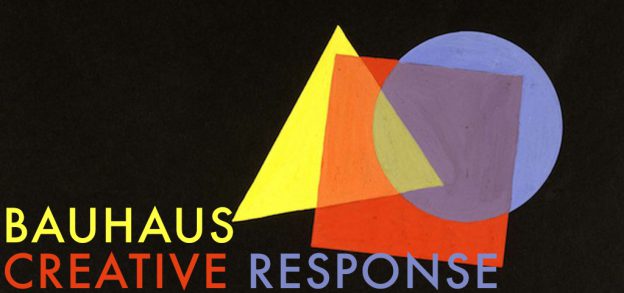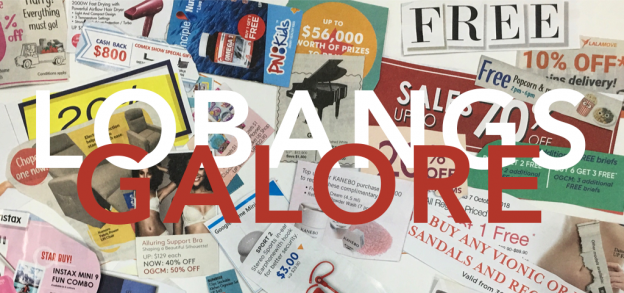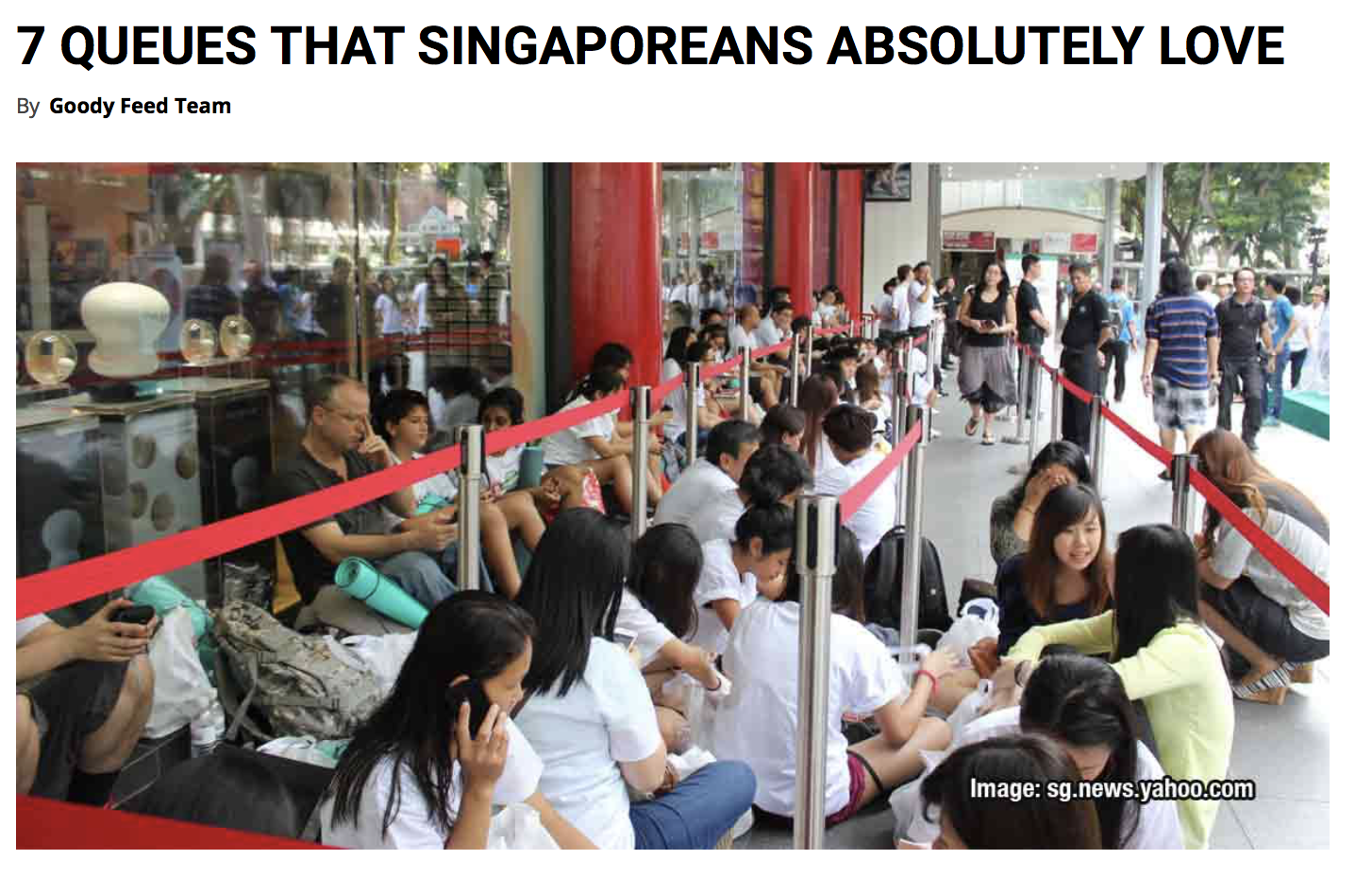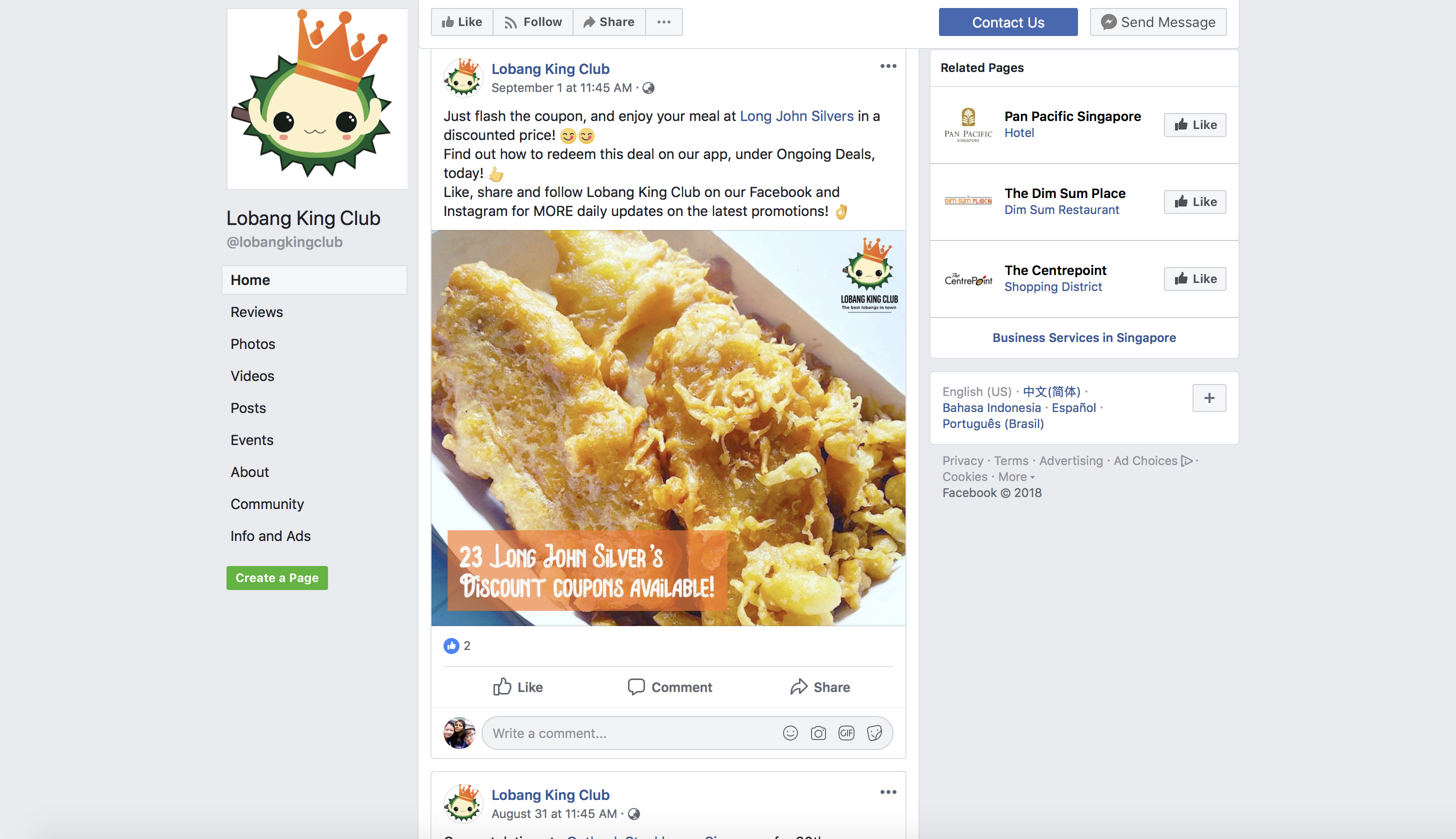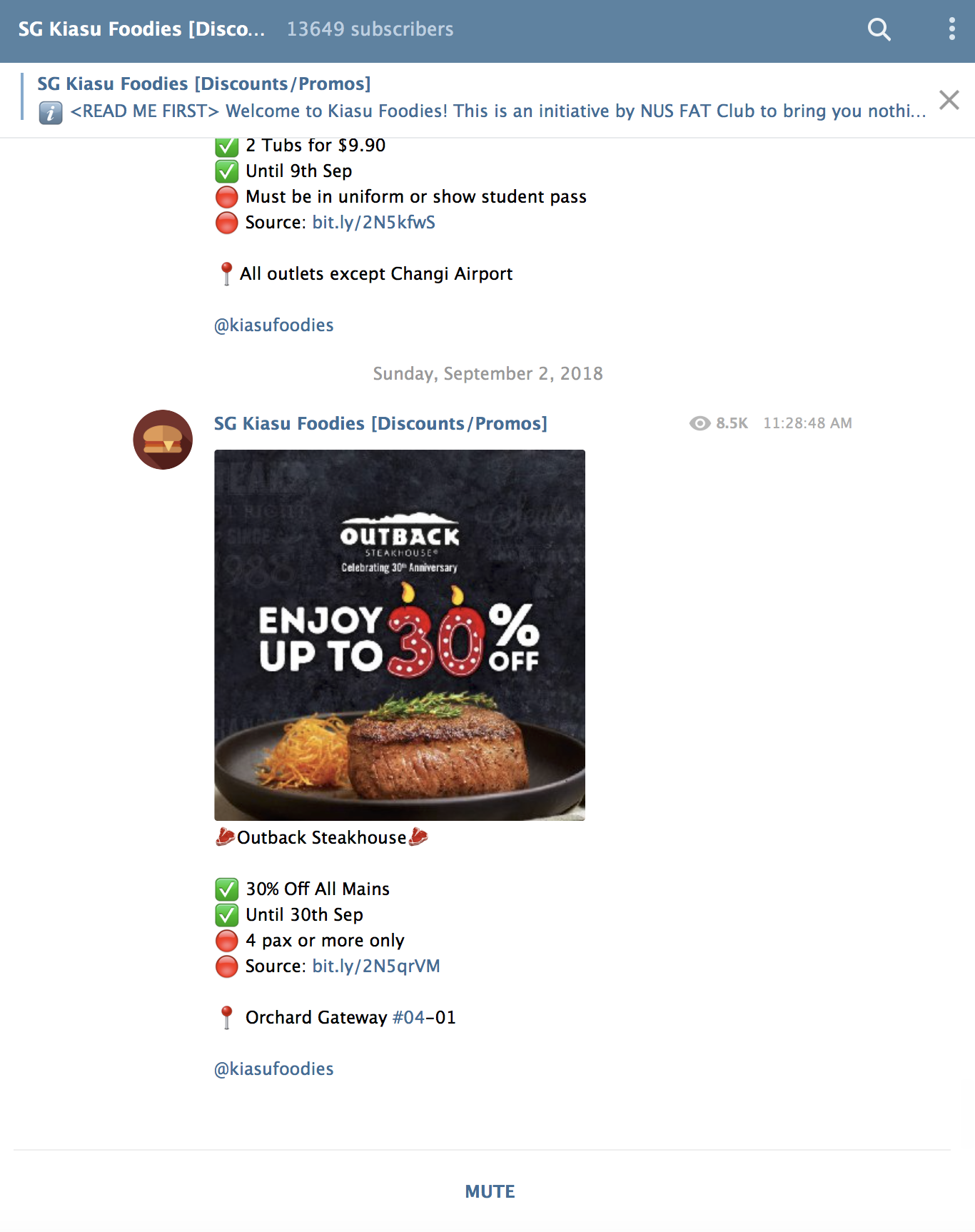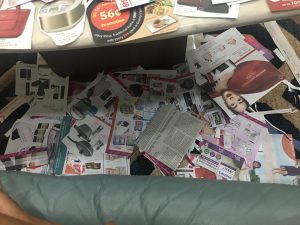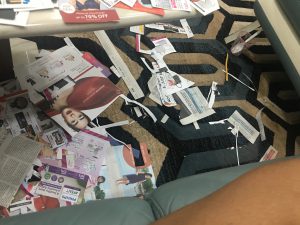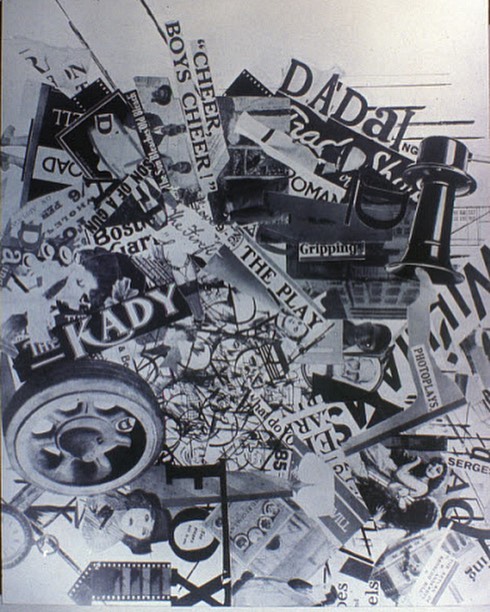This essay will first give an overview of the artist and artwork and move on to discuss interactivity in Karen in relation to the readings and works discussed during the module. The first two sections, ‘On Blast Theory’, ‘On Karen’ and ‘What is Karen exactly?’ are focused more on my own research, whilst the latter section is more focused on interactivity specifically.
I will be colour-coding references to signal engagement with Norbert Weiner’s “Cybernetics in History” in blue and references to Roy Ascott’s “Behavioural Art and Cybernetics Vision” in purple.
On the artist: Blast Theory
Led by Matt Adams, Ju Row Farr and Nick Tandavanitj, Blast Theory, a UK based collective, has embraced cutting edge technology for the past 25 years, much like how Nam June Paik embraced the television. Blast Theory differs from Paik in that they work across a range of technological mediums, unified by the core practice of exploring these mobile and pervasive technologies and locative media with the aim of studying the ‘impact of mobile culture on performance work’.
At the turn of the millennium, the collective was producing location based interactive experiences, like Can You See Me Now?, a chase game that played out on the streets using GPS devices. In the last few years, they’ve transitioned to working with mobile devices.
“It’s important to say that I am not interested in art that is inherently technological, in and of itself. That on its own doesn’t intrigue me. We’re not looking to make technological work. What we’re looking to do is to think about the new reality in which we’re all operating.” – Matt Adams
This is similar to Roy Ascott’s views, in that he believes that it is important to understand that it is not just a matter of using cybernetic systems in art, but of creating art that is relevant in the context of a cybernated society, to be understand how we as humans fit in and can understand/embrace the systems that increasingly govern our lives. It’s very interesting Matt Adam’s and Roy Ascott’s views mirror each other! For some, today’s new reality is willingly entered into, and for others, it’s a frightening thing to be avoided. For Blast Theory, there is a fascination with the way technology shapes our lives, but also a heightened awareness of how it is being used. “Digital art”, of the kind that they make, is not new either, though, and Adams points out that the lineage goes back a long way:
“Digital art goes back to the 1960s, and it has a long history across a range of different sectors. It’s important not to assume that this work originates with the internet or in the last ten years. For us, there is a social and political dimension to making interactive work, which is that it is in some way an anti-modernist project to suggest that all art and artists are context-specific. It only has meaning within a certain framework to a certain audience.” – Matt Adams
To Adams, this means that there is no inherently great piece of art – for example, there is an idea that Picasso’s work is great wherever it goes, but to Adams, the artwork is very much based on culture and context. Blast Theory then makes work that has meaning for a “very particular audience in a very particular context.”
On Karen
Karen is an app by Blast Theory available (purportedly for all perpetuity; you can download it too!) for free, on iTunes and Google Play. The project was developed in collaboration with National Theatre Wales, starting in 2013.
The main character that you interact with in the app is – you guessed it! – Karen, a life coach (played by actress Claire Cage). The experience is episodic, consisting of short interactions (usually 3-5 minutes in length) in which Karen asks a few questions, you provides answers, and the app then directs you to return a number of hours later. It should be noted that Karen’s performance is not live, but rather is pre-recorded. The experience is a type of choose-your-own-adventure video with a twist – The app doesn’t just tailor your experience to you, but performs a psychological analysis on you as well (more on this later). To understand this via the lens of Norbert Weiner, the sense-organs Karen possesses would be the internal programming it contains on the next sequence of filmic sequences to be shown based on your responses, and is “conditioned by it/her relation to the external world”, here, the external world being you and you only, for Karen exists only on your phone, operated by you.
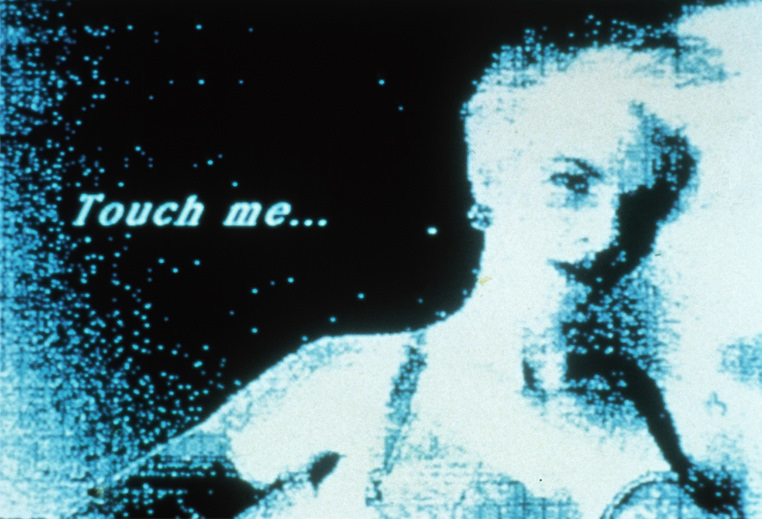
Much like deep contact, where adventures develop depending upon which part of the body is touched, and showing 57 segments into the deep parts of the disk, Karen is a choose-your-own-adventure type experience.
At first, Karen talks to you with convincing authority on how to set your life on the right track, and asks you some questions drawn from psychological profiling questionnaires. Over the next week (or about two weeks, in my case), you have ‘life-coaching’ sessions with her, although it soon becomes apparent that she may need some life-coaching herself, and that you, as a supposed client, are probably more stable than she is.

Karen out on the balcony, smoking. She asks me whether she should make a move on her roommate in this scene. Source: my own screenshot
As as she works from her home as a freelancer, you get glimpses into her personal life, and increasingly so. Karen starts calling you from her bedroom, as opposed to her work table, late at night, and asks you for advice on what to wear for her dates, whether she should make a move on her roommate. Karen overshares, and expects you to return that same enthusiasm, getting hurt if you don’t call her. As the experience unfolds, she gets more and more overly-friendly and overtly curious.
The dynamic that unfolds is vaguely reminiscent of “Her,” Spike Jonez’s 2013 film where the human lead falls in love with an operating system. With Karen, the situation is reversed – it’s not the user, but the app that starts exhibiting inappropriate behavior. “She develops a kind of friend crush,” Mr. Adams said. “And over the next 10 days or so, she feeds back to you things she’s learning about you — including some things you’re not quite sure how she knows or why.”
As your sessions with her come to a close, you are offered a data report based on your responses for about £2.99. Your report shows how you behaved and how the decisions you made affected Karen. You get to compare yourself with other players and to see how the science of psychological profiling underpins the story.
According to Blast Theory, Karen was borne out of a fascination with big data. Big data refers to personal data stored by companies, such as the cloud services we use everyday such as like Google Drive, Dropbox, and Microsoft Azure. With big data becoming a regular part of business processes, we tend to forget that these enterprises often have to deal with security issues such as loss of control over sensitive data. Blast Theory was particularly concerned with how governments and large companies such as Facebook are collecting data on us secretly and using it without our consent.
Likewise, Karen also uses data about your behaviour – whether freely given or obtained by monitoring (even location monitoring) – to give you a personalized, ever-adapting experience. Blast Theory makes these ideas explicit at the end of the experience, when each player is offered a personalized data report that details how the player behaved and how decisions affected Karen. Players can also compare their reports to other players’. Unlike data you may unknowingly give to data-driven companies such as Google or Facebook, the data created in Karen can be withdrawn anytime.
The app was intentionally designed to be as “anti-sci-fi” as possible, Adams says. “We wanted something that could have been created by Karen herself,” he says. “The intention is for it to be so friendly and everyday that no one has a clue as to the sinister processes going on in the background.” In order to figure out how to make users comfortable interacting with Karen, Blast Theory consulted with psychological specialists, and even hired a researcher who uncovered the methods by which the British military evaluated and recruited potential undercover operatives.
So while Karen was created for us to realize how we overshare personal information, it works best if you let yourself do that (overshare) and pretend it’s real. It’s easy to do this, because Karen as a character is so earnest, so friendly, that I wanted to be her friend. So even while I knew Karen was an actress, I started to actually care and worry about her. How the app does this will be explored later in the section on interactivity. Every time I engaged with Karen, I was aware that the responses I had given to Karen were being logged, analyzed and used to tailor the experience going forward.
At one point, Karen asks me sexual questions (“Sex with a stranger is more exciting, right?”) I was instantly uncomfortable, but in order to move forward, I had to answer. I could have lied, but doing so would render my truthful answers thus far useless (I felt like I was betraying my friendship with Karen, too). So I was left with questions of whether I should lie. Would you? Or would you answer these questions truthfully, knowing this data was being collected? I ended up being truthful, which shows to prove just how seductive technology can be when presented with a human face, which is what Blast Theory intended to do. The work presents an interesting conflict of knowing Karen wasn’t a real person, engaging with her as though she is (and subsequently developing an attachment), and the consequences of doing so.
“We’re interested in the intimacy of mobile phones,” Mr. Adams said in this New York Times article. “How they might be thought of as a cultural space. Karen was an opportunity to take this strategy further — how you might engage with a fictional character who is software-driven.”
“We’re starting to have experiences – a service like Netflix is a good example – when they understand to an incredible degree what you like. Netflix knows which films you watch, which ones you quit, which ones you look at as you browse through to choose, which trailers you watch. We’re not looking to say if that’s a good thing, we’re looking to pose critical questions about it.”
Indeed, devices and software personalizing themselves to us is increasingly familiar to us nowadays; almost every social media platform that we use has become tailored to us based on our interests (examples include YouTube’s video recommendations, and Facebook, Twitter and Instagram shifting from a chronological feed to an algorithm-based timeline that prioritizes ‘more relevant’ posts). “We know we’re making a satanic bargain” when we rely on personalized devices, Mr. Adams says, “but it’s a rich, murky space, and we’re not entirely sure what we think.”
What is Karen exactly?
It is hard to define what genre Karen belongs to, as it can be both a theatre production, game, or film about the virtual relationships we create through over-sharing private information in virtual spaces. Nevertheless, I will attempt to define Karen through these genres.
How is Karen an film? A simple answer would be that the filmic sequences were pre-shot, and the piece does play out rather like an interactive movie.
Like how Variations V demonstrates the idea of indeterminacy by creating unpredictable, indeterminate relationships between music, dance, and image, our relationship with Karen is unpredictable and indeterminate too, and this is exactly what drives our curiosity. So while Karen has no narrative plot in a traditional film (this is commonly observed in Blast Theory’s other interactive films, such as “My One Demand” and “My Neck of the Woods”), the piece is propelled forward by our own ever-changing relationship with Karen. To put it through the lens of Norbert Weiner in “Cybernetics in History”, predictability creates stability, whereas indeterminacy or unpredictability creates entropy, and we as the audience attempt to reduce entropy by coming back to the app.
While it is easy to see how Karen can be a mobile phone game, or film, why it can be a theatre production is more unclear.
The notion that Brook set out in The Empty Space—of the basic interaction in theatre being between performer and audience and space—is much more muddled and fragmented [in this historical moment] than Brook could have imagined when he wrote that book. We have tried to create artistic strategies to bring the vigor of live performance into electronic spaces. […] These things interpenetrate, they are confused, there are frayed edges around all these domains, and those frayed edges are very interesting spaces that we do not yet fully understand. So we’re always looking to try and explore those spaces. – Matt Adams
Nevertheless, from the above quote about Karen, we can understand that Blast Theory did intend Karen to expand on the possibilities of the theatre genre – to be an ‘app-drama’, a new theatrical genre that exists in the liminal space between live performance and electronic pre-recording. Therefore, Karen will be discussed as a theatrical performance in the following section on interactivity.
On interactivity
This contemporary app-drama genre Karen exists in is ground-breaking in its interactivity for many reasons, each of which will be discussed in every separate paragraph below.
“The spectator (or performer) is no longer passive, but is a protagonist who can help determine or shape the outcome of a work. This is a radical paradigm shift from earlier art forms, such as painting, sculpture, drawing, in which the viewer receives, but does not reciprocate.” – Roy Ascott
Roy Ascott’s thesis in “Behavioral Art and Cybernetic Vision” proposed that artworks should be responsive to the viewer rather than fixed and static. From the lens of Roy Ascott, Karen is a work that embodies behavioral tendency. Below is a video by Matt Adams that explains the internal workings of the app that make it a feedback loop.
It allows viewers to participate and respond to Karen (the character), and extends the viewer’s experience with interaction. In turn, Karen responds to the viewer immediately, creating a dialogue. I would like to add on to Roy Ascott’s framework in this point. On the surface level, Karen might be the subject of the work, and I would then be the client who becomes an advice-dispensing friend. It might seem like Karen is limited in its interactivity; my answers to Karen’s questions determine the tone of the piece, but do not change the events that occur. The scene where Karen is angry at me for snooping through her drawers is an integral, unchangeable part of the storyline. However, what Karen truly does is show me how I respond to, react to, and behave in certain circumstances. I’m not just the audience for Karen’s escapades – Karen is my audience for my self-investigation. The app, as it gathers data about me, becomes the audience and spy. As my actions have become the subject of the work, Karen switches up traditional theatrical roles and relationships.
Karen also departs from the Deterministic Vision of Classical Art discussed in Roy Ascott’s “Behavioral Art and Cybernetic Vision”. Karen is definitely not longer fitted into a canvas, but onto a mobile screen. As a part of everyday life, Blast Theory harnessed mobile technology and put it towards a different use. The Straits Times reported that people spend over 12 hours every day on their gadgets – accounting for the most time spent on a gadget in a day on average is the mobile phone, at 3h 12min. Phones have become as much of a cultural space as a coffee shop, and because of this Karen successfully extends theatre using fairly simple technology that’s already in our pocket. Blast Theory builds on this constant societal mechanism: mobile phone usage has incredibly commonplace. Even when we go out to dinner, we observe the people around us checking their phones to various degrees. We use our phones for fitness tracking, entertainment, a quick Google search, as a planner – our devices are woven into our everyday lives. The space Karen plays with allows people to naturally slip into this world of theatre, unlike traditional theater where you would have to deviate from your everyday routine. The result of this is that interactivity in the piece is incredibly natural, convenient, and comes very, very easily to the user; Karen integrates into my life using the space ad terminology that I am used to, and that is a personalized experience in itself.
Roy Ascott also proposes that in Cybernetic Art shifts from exclusive elites to the public. The artist moves away from the canvas and take risks by adapting new forms of medium to express their art and ideas. This is directly related to another way in which Karen encourages interactivity, and that is by making the artwork accessible. It is free, and it can be interacted with in the comfort of your own room, making it more inclusive towards say, someone who couldn’t afford tickets for a production, or would not be comfortable in a relatively crowded space such as a theatre. The way technology is expanded in this piece introduces us to a new way to interact with performance.
Karen is durational – it took me two weeks to complete, but it can range from anywhere between a week to even months. My sessions with Karen are also intermittent (once or twice a day). These interactions are timed so that they intermix with my daily activities – I often ended up watching episodes on the route to and from classes in school. Karen is flexible in this sense – while I had to wait for the next episode to be released, I could do the session anytime after it was released. Like any other regular person, I would let a few of them slide, and Karen would then start sending me reminders. Therefore, on top of offering a new location on which theatre can occur (your phone), Karen also offers a new time-frame, in the sense ‘the play’ can take just a week to complete, but is also available everywhere, at all times, for an indefinite period of time (ostensibly for all eternity) on the App Store/Google Play store.
The intermittent nature of Karen also meant that I could interact with it whenever it was convenient for me, even though the app did keep sending me reminders if a new episode was up (below).
I have to admit that this was annoying sometimes. However, I was kept coming back for more, even though I was not obligated to (it would have been very simple for me to delete the app with the touch of a finger, much simpler than say, going to a physical space and then having to leave it). My curiosity, then, kept me engaged with the piece: both curiosity about Karen, and curiosity about my own responses, like Buzzfeed quizzes that tell you about your personality (those “Which dessert are you?” “What kind of friend are you?” quizzes are addicting in you finding out more about yourself when you answer the questions, even before the quiz actually gives you a result). Our awareness of the reasons we interact with Karen adds another layer to the work —an internal commentary on our personalities, parallel to the overt analysis provided by Karen in the report.
Karen also departs from earlier interactive works in that it reverses the location of private and public: a private experience that goes public (via the data mined) rather than a public or communal experience that feels private and internal (an example of the latter would be Magnet TV by Nam June Paik, a publicly displayed work that feels personal to the viewer that interacts with it.) Indeed, Matt Adams notes that “A lot of the works we make in Blast Theory sit on the boundary between the very private and the very public”.
“There are a number of reasons for that; we find that a very interesting place to be creatively. But it’s also driven by the internet as a driving force in our lives, and as a platform for the work that we make, very often. Most of our online presence exists on that boundary. When you make a post on Facebook, you kind of know who’s reading it and who it’s for, but you are also aware that there is almost certainly an audience that you have no idea is there, or you never intended them to read it. We all make our status updates alone, even though they’re an entirely social and collaborative thing. You sit and look at that sentence, and decide, before you hit return, “that’s it, that’s right” and then you broadcast. [….] So there is this curious merged social space of private and public. And alongside that, you have the Edward Snowden revelations, in which even the most private of all private isn’t private. So you have all that sense in which the public and the private is horribly conflated and confused.” – Matt Adams
We explore through Karen the ways we personally negotiate the public and the private. The questions about trust that exist in any relationship are amplified in Karen because we have to decide whether we trust Blast Theory, its makers, Karen the character and whether we trust the app itself. Originally, Karen was supposed to ‘culminate in a live party at an Indian restaurant in Cardiff, Wales, but it had to be cancelled for legal reasons.
“What we hoped to do was create a performance in which we knew a tremendous amount about everyone there. The idea was that we had a cast of five, and when you arrived at the train station, the MC was there to greet you, and to stick a little sticker on your chest that said “Hi, I’m Erin.” In fact, that sticker would be carefully configured to reveal 8–10 different pieces of information about you, in terms of the font that was chosen, the color of the lettering, the shape of the sticker, and so on. So then we were in a position where anyone could come up to you at any point and interact with you knowing how you had interacted with Karen in the app. […] The structure of the whole evening was based on the question: Can you make a piece of theatre in which you know a lot of data about each audience member?” – Matt Adams
Karen would have then become even more personalized, further blurring the boundaries between reality and fiction, and the private and the public. It could have meant that Karen could’ve become less of an experience in itself, to become more of a means of gathering data for the ‘actual’ performance, which I feel illustrates Blast Theory’s concerns with big data once again.
“For any machine subject to a varied external environment to act effectively it is necessary that feedback be integrated into its system as part of the information on which it must continue to act.” – Norbert Weiner
In Karen, the personal data that participants disclose through their interaction with the work is logged and processed, resulting in a profiling report that is sold back to participants who wish to own it. The event self-generates numerous traces in the form of private data disclosed by the participants or intercepted by the app, and the processing of this data for the report, is an integral aspect of the piece. Though participants can opt for their data to be destroyed at the end of their interaction with the work, the traces of their interactions with the system are still analysed by the artists on a meta-level, through a set of quantitative reports. Once you have encountered Karen through the digital, your trace remains present in the work. Karen remembers you, even when you’re gone. And because of this, I believe Karen is an efficient Cybernetic artwork by Norbert Weiner’s criteria.
This mode of interactivity is not without its naysayers. In the first chapter of Fair Play, Jen Harvie presents captivating opinions on labour in participatory art. She proposes that that viewers of participatory art may be thought of as performing labour. Rather than occupying the role of art consumer, she notes that the performance of labour shifts viewers to the role of art prosumer. By offering their participation in the work viewers take on the role of producer as well. Viewers, or audiences, thus become hybrid producer-consumers: prosumers.
Prosumerism presents three main dangers for Harvie:
- It may erode the work of precarious labourers – Prosumers voluntarily take labour upon themselves for greater personal convenience, disposing with the need for paid labour.
- It may transform leisure time into work time – While it may offer greater convenience, prosumerism encourages work to encroach upon non-work time (e.g., a customer may do his or her banking online any time, or receive work e-mails while spending time with friends and family)
- It may offer an illusion of individualized experience rather than the real thing – Harvie provides the example of designing one’s own shoes via an online application. While there are choices to make, there are clear limits in available options, and others may recreate the exact same design.
Thinking about the audience as prosumer is a clear challenge to utopian claims of democratic interactivity in performance. The dangers identified above appear to varying degrees in Karen.
Karen’s state as a pre-recorded performance does eliminate the performers’ work that would have been present in each separate performance had it been performed live. However, I feel that this is most efficient; live performance would prove virtually impossible with the mass-dissemination of Karen through app stores.. I’m not sure the project could be realized without a huge amount of mass labour and resources – for example, many different actors to play Karen. Therefore, the first danger of erosion of labour may not be of particular concern here.
However, Harvie’s second concern about work time encroaching upon leisure time is a valid concern. Whilst I was in class once, she texted me four times in a row. I was distracted from the lesson at hand, and came to the realization that my my participation in the work was not limited to the times I spent watching Karen’s videos, but was ongoing – a blend of the fictional world and of my real life. As such, Karen also illustrates how the viewer’s time can be ‘eroded’ when participating in a performance as a prosumer.
As for the third concern, I must admit I’m unsure to what extent Karen offers an individualized experience. A surface reading surfaces that because my participation in Karen changes how the work is performed for me, the work must be tailored for me. However, if I were to engage with Harvie’s take, it isn’t clear to me exactly how Karen could differ if I chose a different option when asked a question (typically there are 3 or 4 different options).
Moreover, sometimes I don’t want to pick any of the three options (for example, when Karen asked for my help in picking a top for her date outfit, truthfully, I liked neither of the two options presented to me). As the options limit how I can respond to Karen in order to tailor my experience, it could also be said Karen is not highly specific to me as an individual.
Conclusion
In conclusion, this essay has discussed Blast Theory, Karen and the genres it could be classified into, discussed interactivity with Karen being a theatrical performance, and even discussed some potential shortcomings. It has outlined the innovative ways Karen approaches interactivity and has highlighted how Karen relates to the ideas of Norbert Weiner and Roy Ascott. Hope you had a good read!
Sources
- Barques Design. (2018). Meet Karen, your new life coach | Barques Design. [online] Available at: https://www.barques.co.uk/meet-karen-your-new-life-coach/
- BBC. (2018). BBC Arts – App close and personal: Meet Karen, she wants your data – BBC Arts. [online] Available at: http://www.bbc.co.uk/programmes/articles/22HfmykfTdVfn2KZvFh7SBh/app-close-and-personal-meet-karen-she-wants-your-data
- Bennett, S. (2014). Fair Play: Art, Performance and Neoliberalism by Jen Harvie. Theatre Journal, 66(3).
- Broadhurst, S. and Price, S. (2017). Digital Bodies. London: Palgrave Macmillan UK.
- Doucette, L. (2018). App Review: Karen, an All-Too-Personal Life Coach. [online] TheUnlockr. Available at: https://theunlockr.com/2015/07/30/app-review-karen-an-all-too-personal-life-coach/
- e-flux, h. (2018). Karen: A life coach, a friend, a data mine, an app. [online] e-flux conversations. Available at: https://conversations.e-flux.com/t/karen-a-life-coach-a-friend-a-data-mine-an-app/1923
- Fast Company. (2018). Can This Dysfunctional Life Coach Make You Care About Privacy Rights?. [online] Available at: https://www.fastcompany.com/3044818/can-this-dysfunctional-life-coach-make-you-care-about-privacy-rights
- Mee, E. (2016). The Audience Is the Message: Blast Theory’s App-Drama Karen. TDR/The Drama Review, 60(3), pp.165-171.
- NYU Local. (2018). Karen, The App That Wants To Get To Know You – NYU Local. [online] Available at: https://nyulocal.com/karen-the-app-that-wants-to-get-to-know-you-800180617af9 .
- Nytimes.com. (2018). Karen, an App That Knows You All Too Well. [online] Available at: https://www.nytimes.com/2015/04/05/arts/karen-an-app-that-knows-you-all-too-well.html
- Rhizome. (2018). Managing Boundaries with your Intelligent Personal Agent. [online] Available at: http://rhizome.org/editorial/2015/apr/07/boundary-management/
- Shaul, B. and Shaul, B. (2018). Blast Theory’s Karen: Does This Life Coach App Get Too Personal?. [online] Adweek.com. Available at: https://www.adweek.com/digital/karen-by-blast-theory-a-life-coaching-app-thats-so-much-more/ [Accessed 18 Nov. 2018].
- The Guardian. (2018). How we made experiential life-coaching app, Karen. [online] Available at: https://www.theguardian.com/culture-professionals-network/2015/aug/14/how-we-made-life-coaching-app-karen-blast-theory







